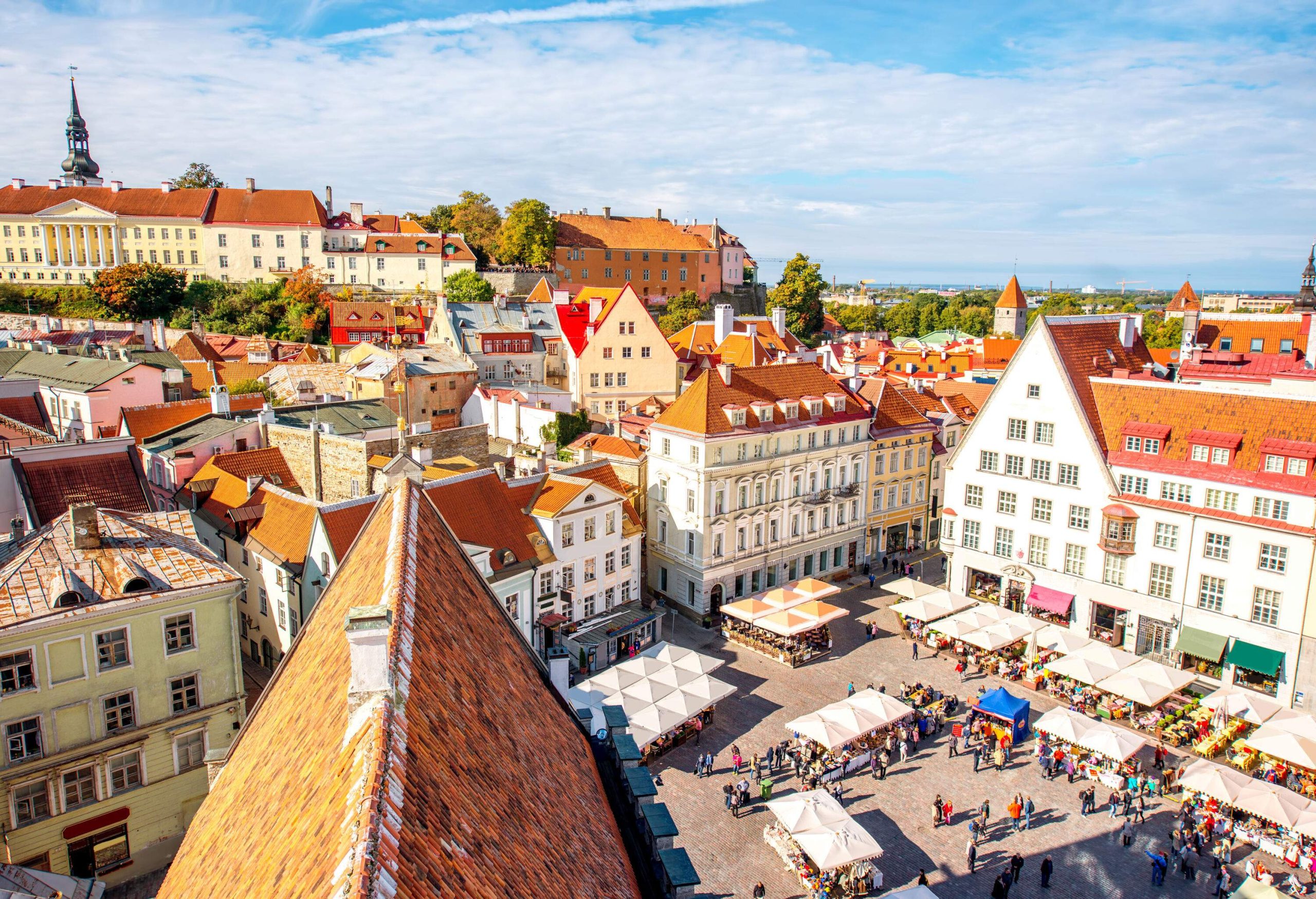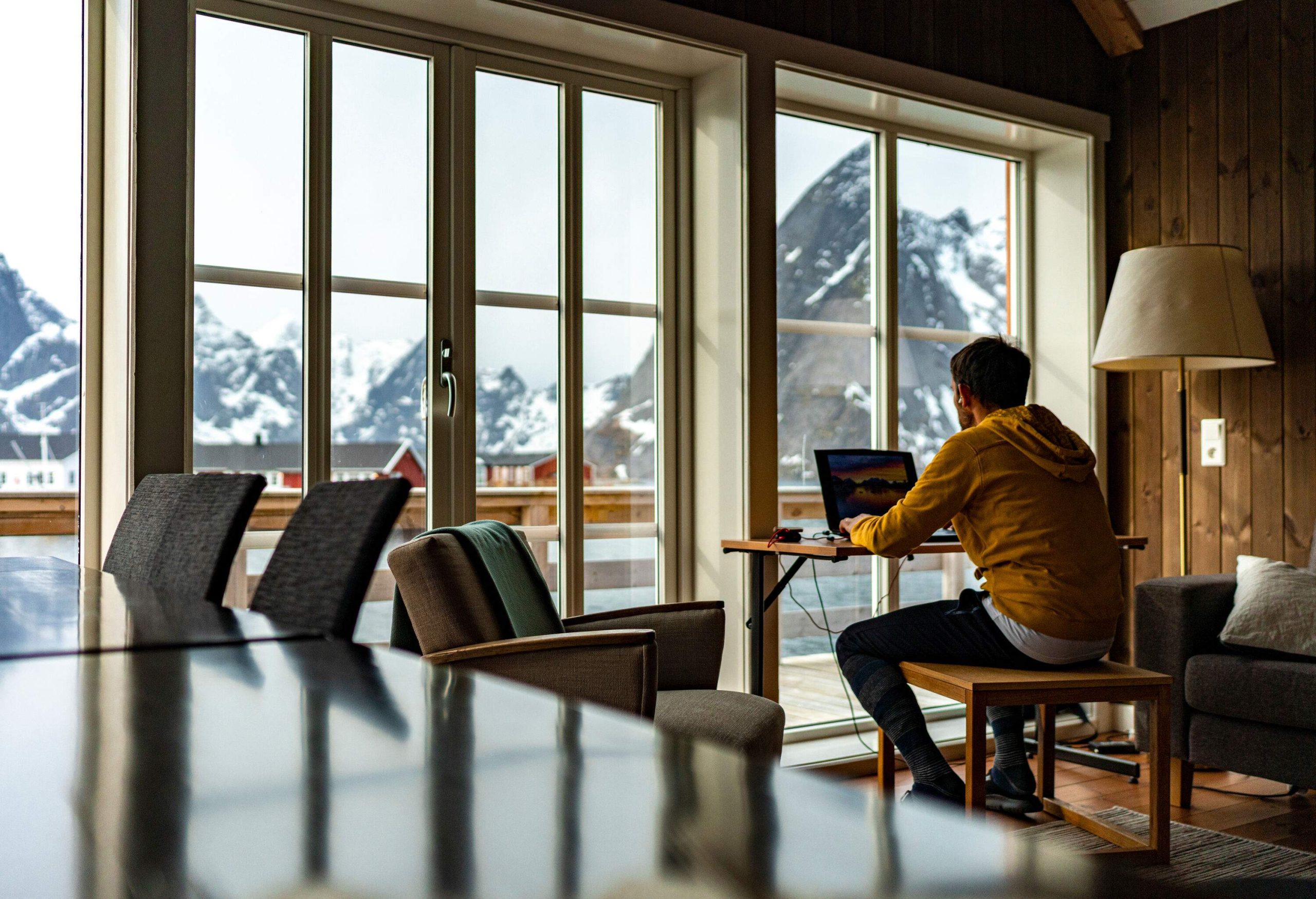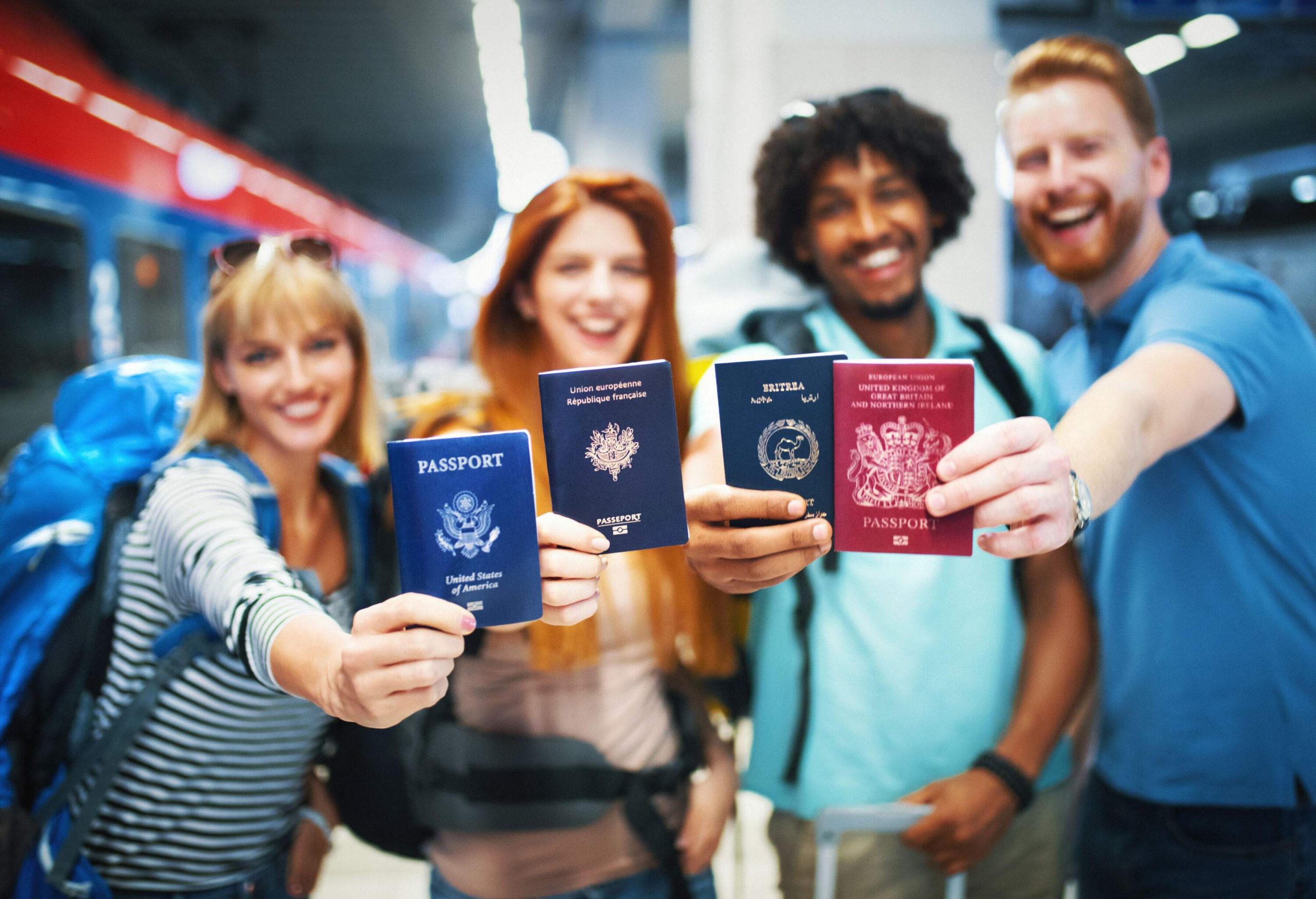As a digital nomad working from my laptop in dozens of countries for nearly a decade, I’ve lived through the ups and downs of the process. Also, navigating foreign bureaucracies is often an unwanted cultural immersion. It’s worth taking some time to learn about the opportunities, benefits, and challenges digital nomad visas present. Let’s see the important parts together.
What is a digital nomad visa?
Digital nomadism is booming around the world. As these remote workers seek to roam across the world, countries have responded with the new concept of a digital nomad visa.
Digital nomad visas allow individuals to live and work in a foreign country while maintaining remote employment or freelance work from employers or clients outside this host country. This helps clarify the otherwise blurry legalities that have emerged from digital nomads working remotely on a tourist visa. With these visas, aspiring digital nomads can enjoy extended stays and legal work status, while immersing themselves in a new culture and lifestyle.
While not all countries are yet to offer digital nomad visas, it’s fast becoming the new norm. The World Tourism Organization estimates that nearly half of the world’s destinations now offer some form of digital nomad visa.
Benefits of a digital nomad visa

Digital nomad visas present an array of benefits for remote workers looking to head overseas for a different lifestyle.
- Increased flexibility: A digital nomad visa provides increased flexibility for those who wish to work and travel abroad. It allows travelers to stay for longer periods of time than a regular visa, meaning you can give yourself fewer restrictions for how long you spend in certain places.
- Cost savings: Digital nomad visas can also help you save money along the way. Some countries offer discounts or tax incentives for those who enter the country on a digital nomad visa, making it worth traveling to different countries that suit your profession.
- Cultural exchange: As with any form of travel, being able to live and work overseas allows you to experience a different culture. With a digital nomad visa, you can really immerse yourself in a new country as you spend longer in one place and get to know the locals a bit more than regular tourists.
Eligibility criteria for digital nomad visa
If you’re considering joining this growing community of nomads, one important thing to be aware of is the different requirements for digital nomad visas.
General requirements

While the requirements differ between countries, here are some of the common things to look out for with digital nomad visas.
- Proof of financial stability: The first eligibility criterion for a digital nomad visa is proof of financial stability. You need to prove that you can support yourself while living in the host country.
- Health insurance: Digital nomads must also provide proof of health insurance during their stay. This can include international health insurance policies or a policy from their home country.
- Clean criminal record: As is common with other visas, a clean criminal record over the past five years is usually expected from digital nomads.
Specific eligibility criteria for popular digital nomad visa destinations
It’s essential to keep in mind that eligibility criteria vary from one destination to another. For example, Malta is one of the most popular destinations for digital nomads. In order to qualify for the Malta Digital Nomad Visa applicants must meet a minimum monthly income of €2,700 (approximately $2970), and work for an employer registered outside Malta.
Similarly, the Mexican Digital Nomad Visa program requires proof of sufficient funds or income to sustain yourself for a year.
How to apply for a digital nomad visa: step-by-step

Every country will have different application requirements and processes, so it requires a lot of research. However, according to the World Tourism Organization, over 75% of countries offer an online application to make things a little easier. Here’s how to get started:
Research the requirements: Before you can start the application process, it’s important to research the requirements for your preferred destination and make sure that you meet them. This includes things like proof of income, health insurance, and other documents.
Gather necessary documents: Once you have determined what documents you need for your application, it’s time to start gathering them. This often includes things like a valid passport, proof of income or employment that meets the country’s requirements, health insurance documents, and bank statements.
Fill out application forms: Next, fill out the necessary application forms for the digital nomad visa on the official government website. These forms will vary depending on the country but generally include questions about your background, work experience and where you plan to stay in the country.
Your application does not stop when you submit your application, it is important to follow up on its status periodically. This can usually be done online by logging into the website or portal provided by the country’s immigration office or directly contacting them if needed.”
Best countries with digital nomad visas
With so many countries now welcoming digital nomads to work and play from their shores, there are plenty of options to choose for your next office. Whether you’re drawn to the bustling cities of Europe or the laid-back surf beaches in Central America, there’s a visa program that caters to your lifestyle.
Estonia, digital nomad visa

Estonia has been at the forefront of digital innovation and digital nomadism. The digital nomad visa allows remote workers to stay in Estonia for up to a year while being employed by a foreign company.
To apply for the digital nomad visa, you have to work for clients or an employer outside of Estonia and have proof of a minimum income of €4,500 (approximately $4,950) gross tax during the six months preceding the application.
Digital nomad visa in Spain

Barcelona ranks as the fourth most popular city for remote workers Now with the new digital nomad visa, Spain is becoming one of the friendliest EU countries for remote workers.
The new visa has several requirements, including working for clients or an employer outside of Spain, either have a University degree, and financial means that are equivalent of the 200% of the Spanish monthly minimum wage. (approximately €2,280 or around $2,500 per month).
Digital nomad visa in Portugal

Lisbon is the third most popular city for remote workers. With a more affordable lifestyle, Portugal is becoming home for nomads across Europe with budget flights available from various destinations.
Their new digital nomad visa allows you to work remotely for a year. The requirements include being a non-EU/EEA citizen, having a monthly salary of over €3,040 (approximately $3,340) from remote or freelance work, plus accommodation organized in Portugal.
Digital nomad visa in Italy

Italy introduced its digital nomad visa in March 2022 and it is designed to attract ‘highly-skilled’ workers. While the term ‘highly-skilled’ is somewhat ambiguous, the country does have a list of requirements you must meet in order to be approved. Find out all the details in our dedicated guide (see bellow).
Digital nomad visa in Costa Rica

With some of the most vibrant landscapes and rich nature, you can split your time between surfing, diving, and hiking, and working in a co-working space in Costa Rica.
The digital nomad visa program allows individuals to live and work remotely in the country for up to a year, with the option to renew for another year.
“Costa Rica can be a great option, as it offers plenty of incentives as well, including exemption from income tax, the ability to open a national bank account in Costa Rica.”
Digital nomad Visa Germany

Germany has two types of freelance visas: one for freelance employment (Freiberufler) and one for self-employment (Selbständiger). This can be more challenging to get than digital nomad visas in other countries, as the requirements include an extensive portfolio to prove your self-employment and recommendation letters.
Taking the leap to becoming a digital nomad
With the freedom to explore the world in an entirely different way, there’s never been a better time to become a digital nomad. A Digital Nomad Visa offers many benefits that make it an attractive alternative for people who want to live and work abroad.
If you decide to become a digital nomad, don’t forget to check your passport carefully plan your international travel, and use the best cheap flight search tool.
Frequent questions about the digital nomad visa
Spain leads the latest VisaGuide Digital Nomad Index, which offers six months. Another option is Malta’s digital nomad visa, which can be applied for within a few minutes online and has an approval rating at almost 80%.
While the USA doesn’t have a specific digital nomad visa, it’s widely considered that the best visa category for remote workers to apply for is the B-1 (business visitor) visa. Keep in mind though that obtaining a visa is a complex process that requires careful planning and attention to detail.
For example, Brazil’s digital nomad visa has a minimum of US$1,500 per month. While some small island nations have zero income requirements, including Seychelles, Bermuda, and Saint Lucia.







